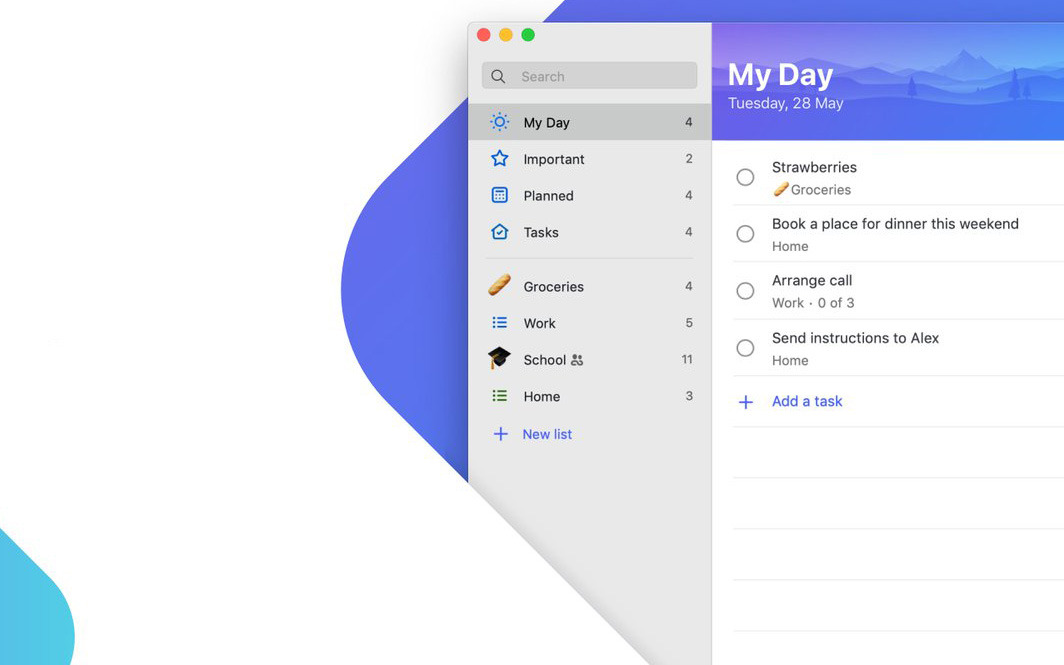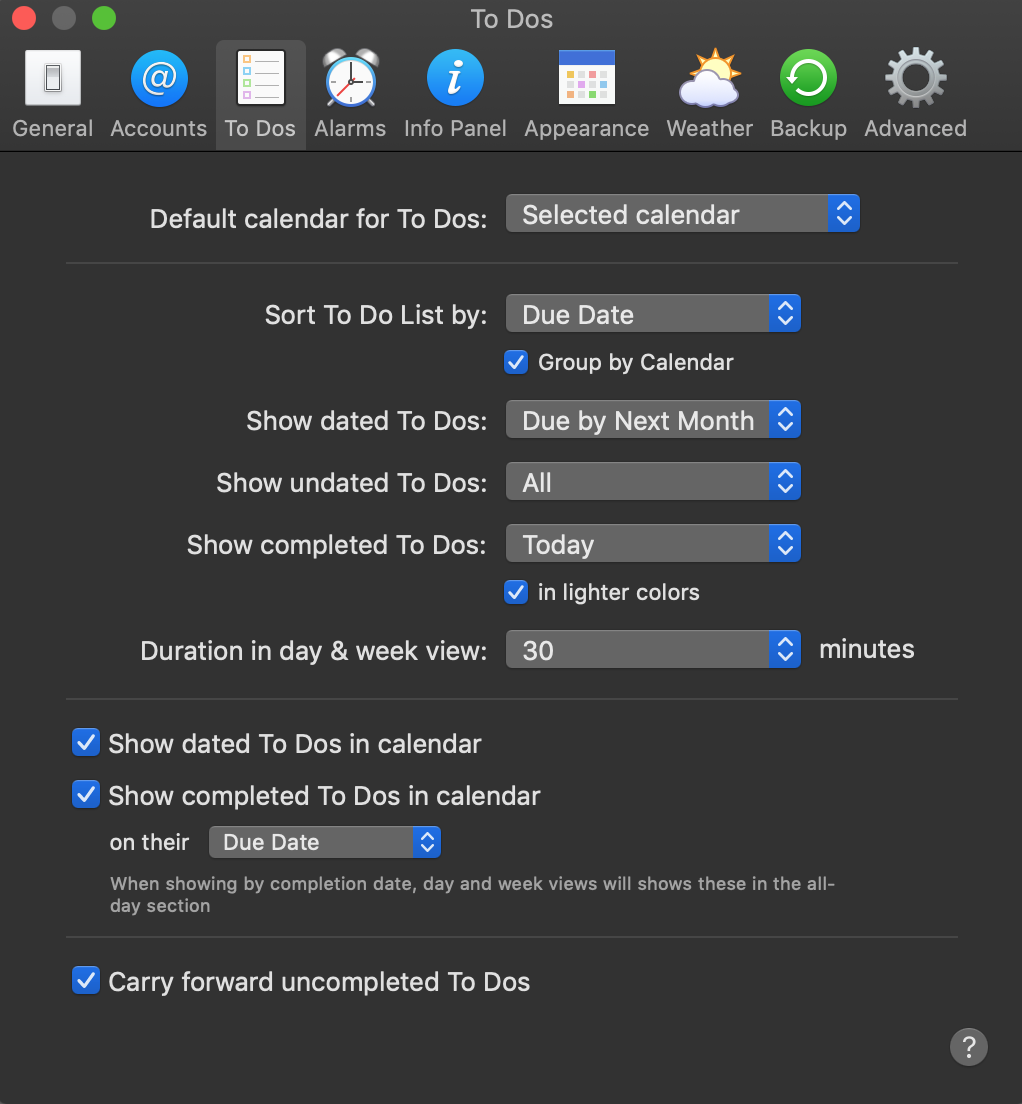Reinstalling OS X System Software on a Mac with Recovery Mode. It's a good idea to back up the Mac with Time Machine before beginning this process. Even though this method aims to only reinstall OS X system software on the Mac, things could still go wrong and it's always better to lean on the side of caution and make file backups beforehand. A great PC game that was acclaimed even if it was only on alpha testing mode has now a macOS version. DayZ Mac OS X can be downloaded in FULL VERSION from the button below and played at its full capacity. One of the best PC games ever made, as it was called, DayZ for macOS is running smoothly and perfect on any Macbook/iMac which meets the minimum system requirements. Redirecting to (308). I'm going to install Linux on a Macbook Air (from 2013), and I plan on replacing the entire contents of the hard disk (OS, recovery partition, etc). If I want to restore Mac OS, will Internet Rec. Running Mac OS X, my Mac — and my 500MHz PowerBook G3 is not exactly a slowpoke — seems much less responsive much of the time. Sure, dragging a window around on the screen happens in a flash.
To the great distress of many people, Mac OS 9 broke something with respect to the beloved and quirky After Dark 4.0 screen saver. It has been reported that the After Dark engine is incompatible with Mac OS 9, but for whatever reason, it simply will not work on Mac OS 9 equipped Macs. Happily, there is an answer to that, and this blog post addresses it.

There is a patched version of After Dark for OS 9 that can be downloaded from the Macintosh Garden site, at http://macintoshgarden.org/apps/after-dark-os-9. Someone going by the screen name of Daxeria produced this patched version, earning the acclaim and adulation of the entire Mac OS 9 using Macintosh community, I am sure. However, when you install it and restart, you may be a little disappointed. It has only the most basic of screen savers, After Dark's initial starry night screen saver. Where, oh where are the beloved flying toasters, bad dogs and the rest of the crazy and lovable characters from After Dark 4.0??
Take heart. I have recently installed After Dark onto Mac OS 9.1, flying toasters and all, and this post provides a step by step 'recipe' for repeating this feat.
First things first. To be successful, you will need to have a copy of After Dark 4.0, so lets start with this and get a copy. In my case, I had purchased a copy on eBay some time ago, and had it installed on a Mac OS 8.6 machine, so I was 'good to go'. If you do not already have After Dark 4.0, you will need to acquire a copy. You can do this either by buying it on eBay as I did, or downloading it from http://www.macintoshgarden.org at this URL http://macintoshgarden.org/apps/after-dark-40.
Once you have After Dark 4.0, to install a full After Dark for Mac OS 9.x, do the following:
1/ Download After Dark for Mac OS 9 from the above URL.
2/ Install this version of After Dark by dropping the After Dark 9 control panel into your Control Panels folder, and the After Dark Files folder also into your Control Panel folder.
3/ Restart your Mac and make sure that you can access and run the newly installed After Dark screen saver. As mentioned above, it will have only a few boring screen savers available, but those screen savers are not the objective of this step anyway.
The key objective of this step is that a Mac OS 9 compatible version of the After Dark engine has now been installed, and all of the necessary folder structures and support files are now in the right places.

There is a patched version of After Dark for OS 9 that can be downloaded from the Macintosh Garden site, at http://macintoshgarden.org/apps/after-dark-os-9. Someone going by the screen name of Daxeria produced this patched version, earning the acclaim and adulation of the entire Mac OS 9 using Macintosh community, I am sure. However, when you install it and restart, you may be a little disappointed. It has only the most basic of screen savers, After Dark's initial starry night screen saver. Where, oh where are the beloved flying toasters, bad dogs and the rest of the crazy and lovable characters from After Dark 4.0??
Take heart. I have recently installed After Dark onto Mac OS 9.1, flying toasters and all, and this post provides a step by step 'recipe' for repeating this feat.
First things first. To be successful, you will need to have a copy of After Dark 4.0, so lets start with this and get a copy. In my case, I had purchased a copy on eBay some time ago, and had it installed on a Mac OS 8.6 machine, so I was 'good to go'. If you do not already have After Dark 4.0, you will need to acquire a copy. You can do this either by buying it on eBay as I did, or downloading it from http://www.macintoshgarden.org at this URL http://macintoshgarden.org/apps/after-dark-40.
Once you have After Dark 4.0, to install a full After Dark for Mac OS 9.x, do the following:
1/ Download After Dark for Mac OS 9 from the above URL.
2/ Install this version of After Dark by dropping the After Dark 9 control panel into your Control Panels folder, and the After Dark Files folder also into your Control Panel folder.
3/ Restart your Mac and make sure that you can access and run the newly installed After Dark screen saver. As mentioned above, it will have only a few boring screen savers available, but those screen savers are not the objective of this step anyway.
The key objective of this step is that a Mac OS 9 compatible version of the After Dark engine has now been installed, and all of the necessary folder structures and support files are now in the right places.
4/ From the After Dark 4.0 that you either have previously installed, or have just acquired from the above URL, open the After Dark Files folder. From there, copy over the After Dark 4.0 folder's contents (this is where you will find your beloved flying toasters, and many, many more quirky and fun screen savers) to the same named folder in your Control Panels After Dark Files folder.
5/ Repeat this procedure for the After Dark Images folder – copy over the contents of the After Dark 4.0 folder's After Dark Images folder to the same named folder in your Control Panel folder's After Dark Files.
6/ Restart your Mac
Your After Dark 9 install should now provide access to all of the wild and wonderful screen savers you know and love from After Dark 4.0.
After Day Mac Os Update
Everburning star 1/2 demo mac os. 7/ Enjoy!
Since the release of System 1 in January 1984, Apple has played an integral role in designing and implementing the graphical user interface (GUI) as we know it.
With the announcement of OS X Mountain Lion this week, Apple is continuing the process it started with Lion by streamlining the connection between the Mac and iOS.
We wanted to take a look at some of the biggest changes in the history of the Mac Operating System over the last 28 years. Looking back, I can't help but be struck by how many elements of the original Macintosh OS are still there more than 30 years after the project started taking shape.
It's a testament to the work of Bill Atkinson, Andy Hertzfeld, Bud Tribble and the other members of the original Macintosh team that so many aspects from System 1 have become integral to personal computing as we know it today.
There are a few phases in the evolution of the Mac OS that are of particular note. System 7 was the longest-running release for Apple (until OS X); it shipped with all Macintosh machines from 1991 to 1997. If you're in your mid-to-late 20s and used a Mac in elementary or middle school, chances are it was running some iteration of System 7.
One of the many challenges Apple faced in the 1990s was figuring out a new operating system strategy. As revolutionary as the original Mac OS work was, by 1994 it was starting to look stagnant and stale. This was especially true after the first release of Windows NT in 1993, which cemented Microsoft's place in the corporate and enterprise space.
After the Copland project was cancelled in 1996, Apple was left to search for an operating system it could acquire. That led to the purchase of NeXT and its NeXTSTEP operating system.
Not only would NeXT technology serve as the foundation for the future of Apple as it is known today (OS X and iOS are direct descendants of NeXTSTEP), it was responsible for bringing Steve Jobs back to Apple.
It would end up taking ten years from the beginning of the search for a next-generation Mac OS. But the hunt finally reached its quarry with the release of Mac OS X in 2001. But it would take until Mac OS X 10.2 (Jaguar) before the system was really able to hold its own.
Over the last decade, OS X has evolved into a powerful desktop and server platform — while also serving as the core for iOS. With OS X Mountain Lion, Apple is bringing more of the elements and features of its mobile OS to the desktop.
Vintage computer fans who want to take a look at more screenshots of classic Mac OS versions should check out Marcin Wichary's GUIdebook Gallery and Nathan Lineback's collection of GUI history.
After Day Mac Os X
Gallery created by Chelsea Stark

